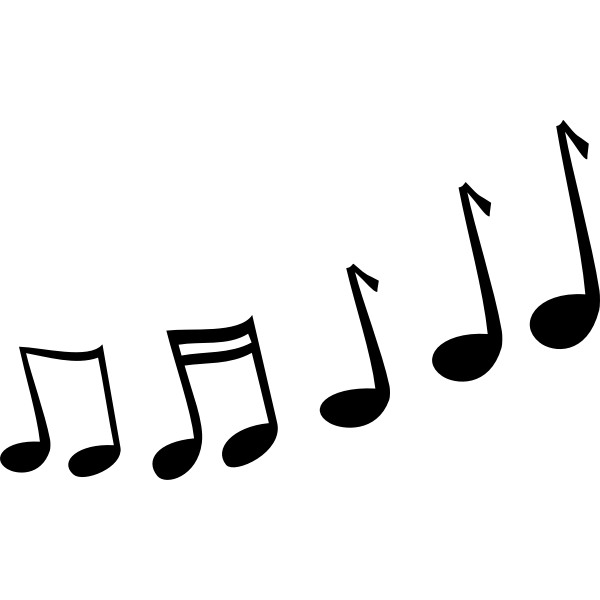When you listen to music, a salient element that helps you processing and remembering a certain music piece is the melodic contour. This can be defined as the up and down pattern that is created by the pitch change direction. For example, if the notes in the melody are increasing in pitch one after the other, the contour will be defined as „ascending“. In the opposite case, we will have a descending pattern.
Interestingly, contour is not only elicited by pitch change (i.e., in melodies), but it can be present also with other types of stimuli that are not directly related to music. For example, contour can be elicited by varying the loudness of a tone, or the luminance of an image.
We have currently a collaboration with Dr. Barbara Tillmann (University of Bourgogne), and Dr. Anne Caclin (Center of Neuroscience of Lyon -CNRL), to investigate more deeply the underlying mechanisms of contour perception with visual (i.e., luminance) stimuli.
In a recent lab experiment we assessed whether the perception and memorization of visual contour (with luminance variations) could be improved by presenting a melody before the luminance sequence, with the same exact contour (e.g., higher pitch = lighter color, lower pitch = darker color). We have also assessed whether different individual skills in music and pitch perception and memory correlated with the ability to perceive visual contour. Results showed that including a melody before the luminance sequence was indeed helping participants to memorize the visual contour better. Music and pitch perception and memory abilities correlated with this capacity.
References
Dowling, W. J. (1994). Melodic contour in hearing and remembering melodies.
Graves, J. E., Pralus, A., Fornoni, L., Oxenham, A. J., Caclin, A., Tillmann, B. (2019). Short- and long-term memory for pitch and non-pitch contours: Insights from congenital amusia. Brain and Cognition, 136, 103614. https://doi.org/10.1016/j.bandc.2019.103614
Talamini, F., Blain, S., Ginzburg, J. et al. (2022) Auditory and visual short-term memory: influence of material type, contour, and musical expertise. Psychological Research 86, 421–442. https://doi.org/10.1007/s00426-021-01519-0

